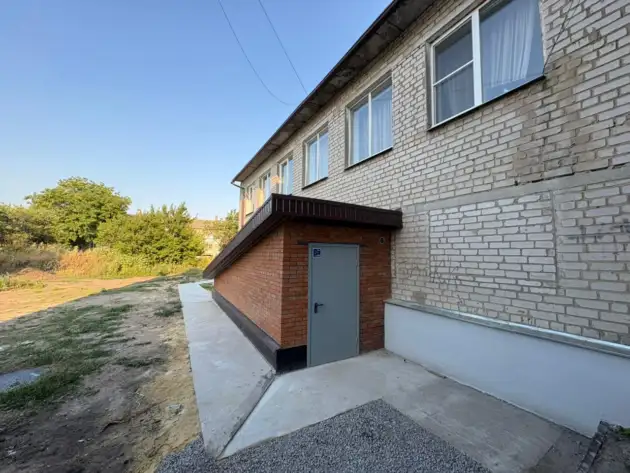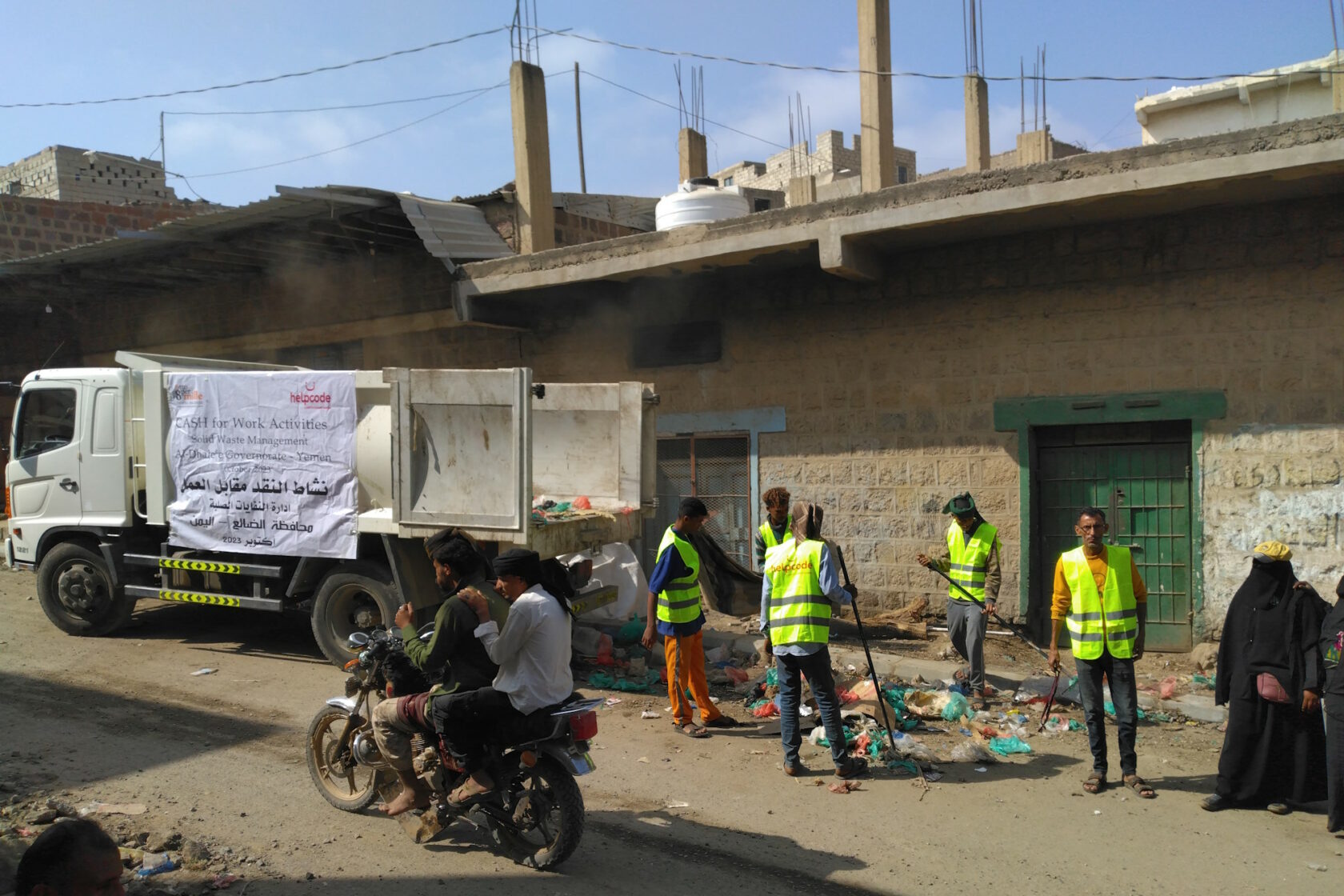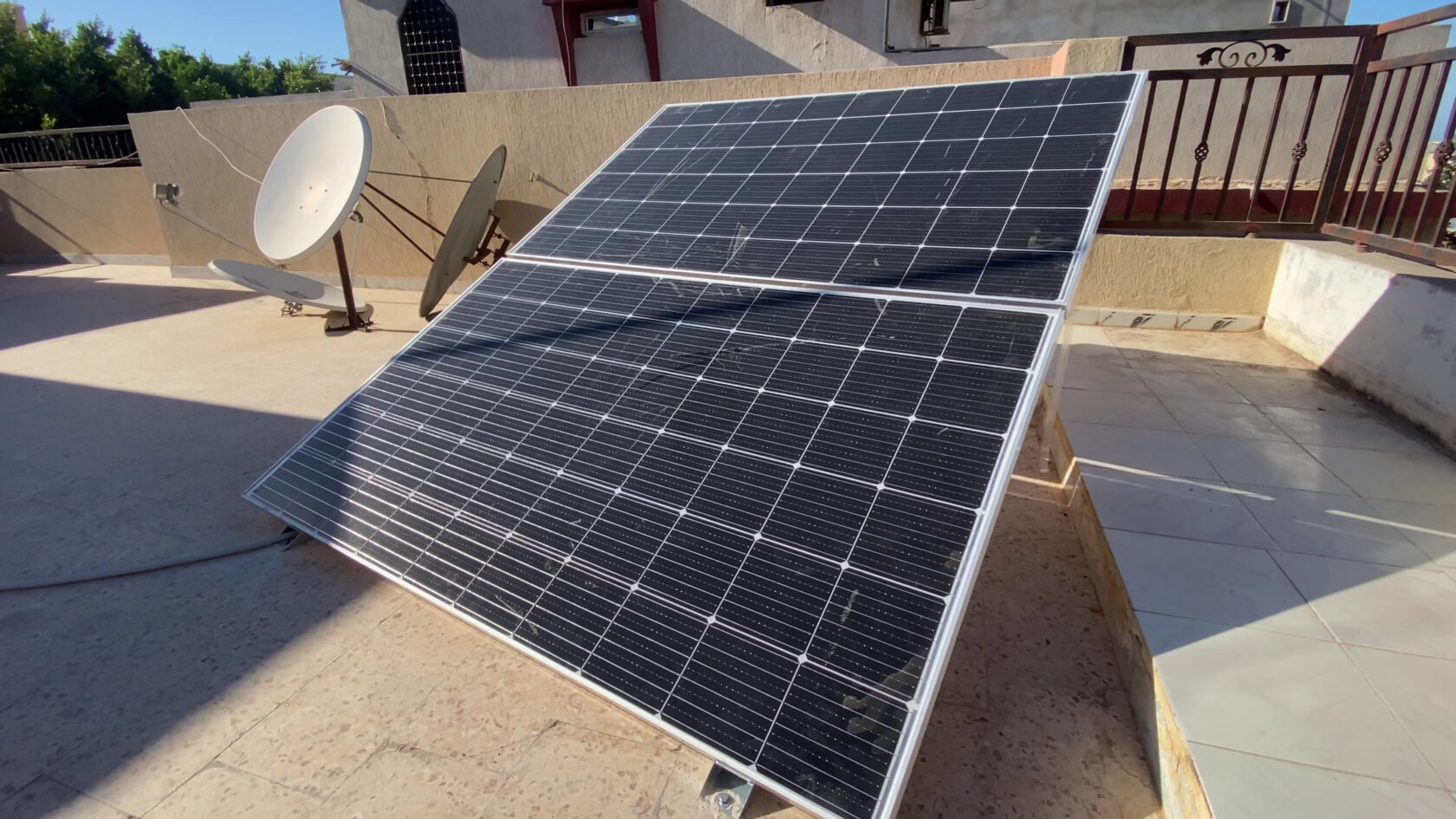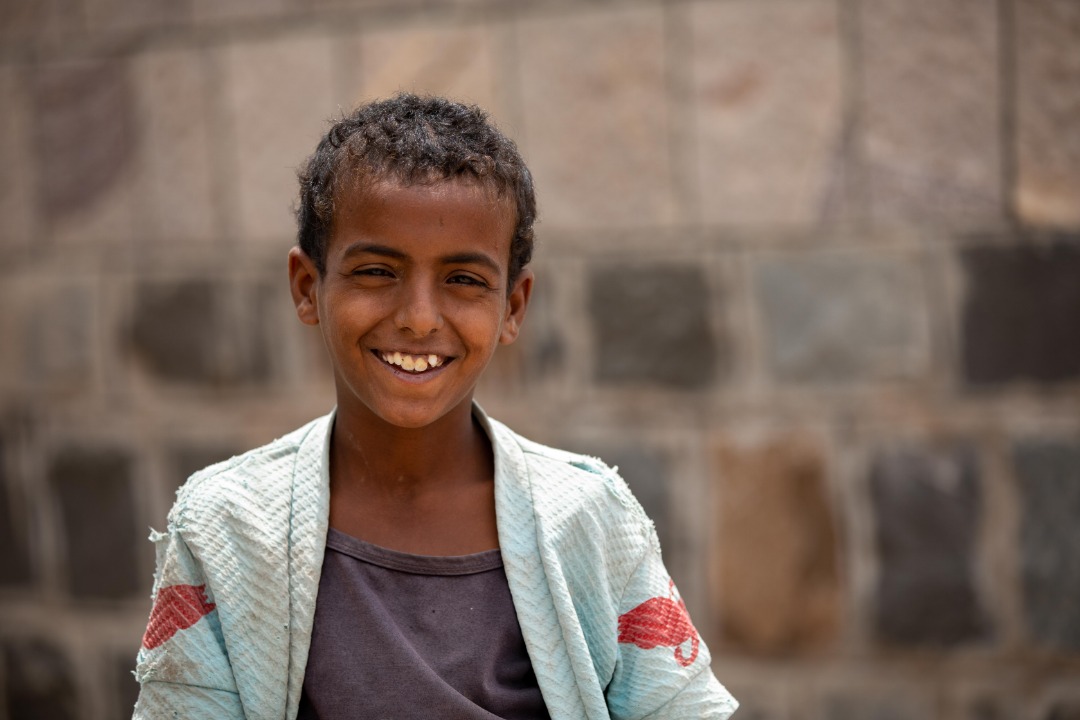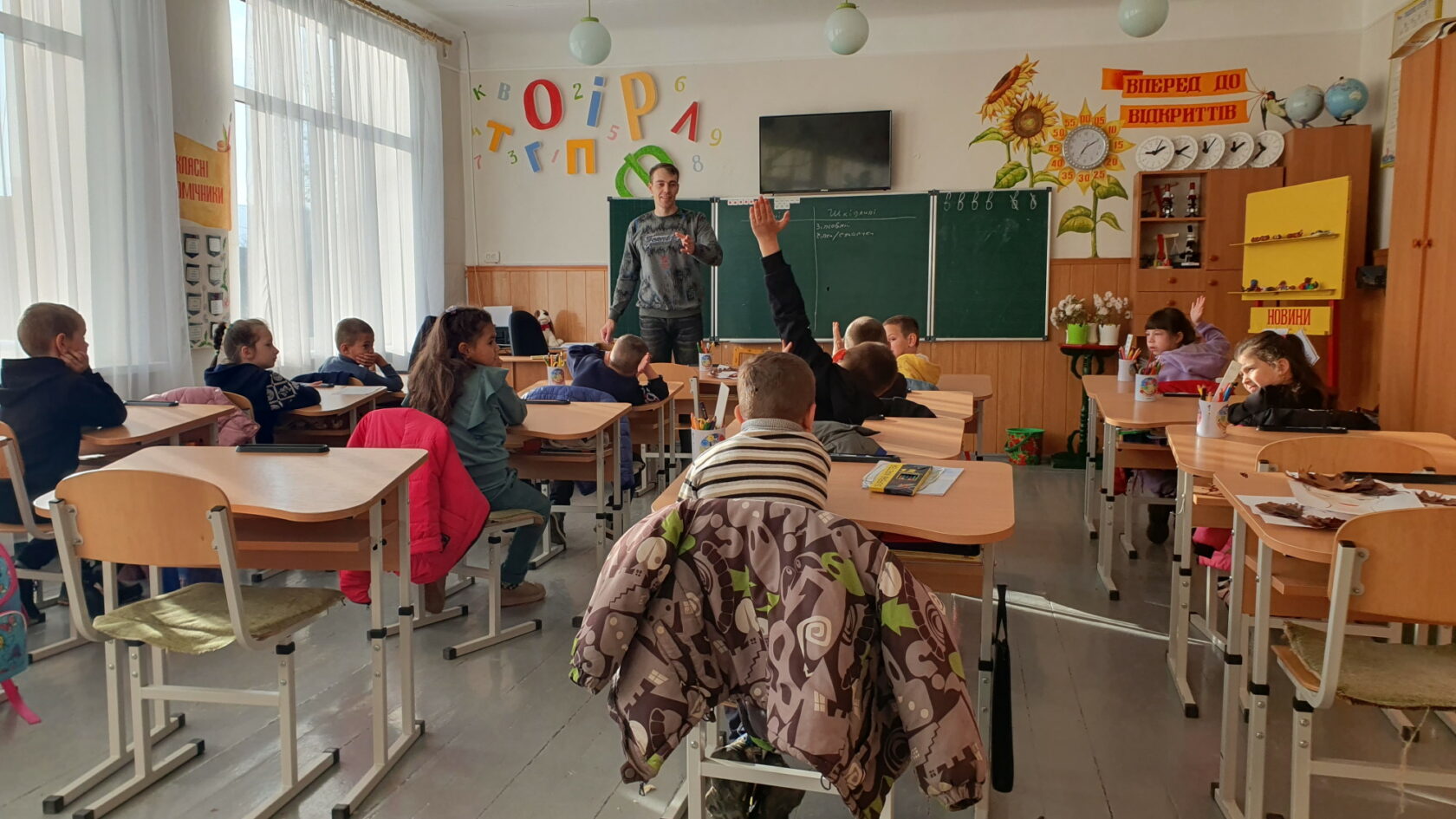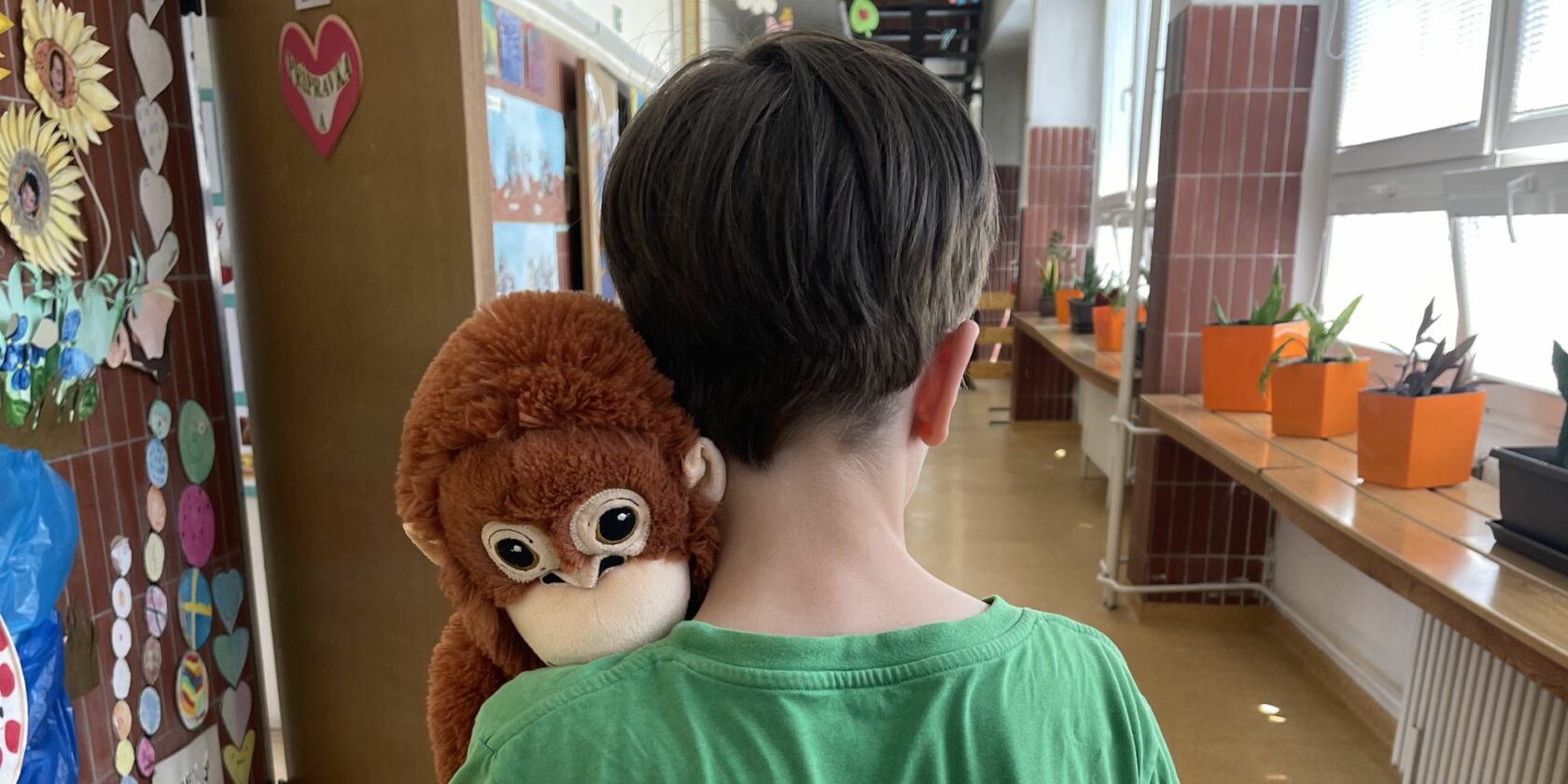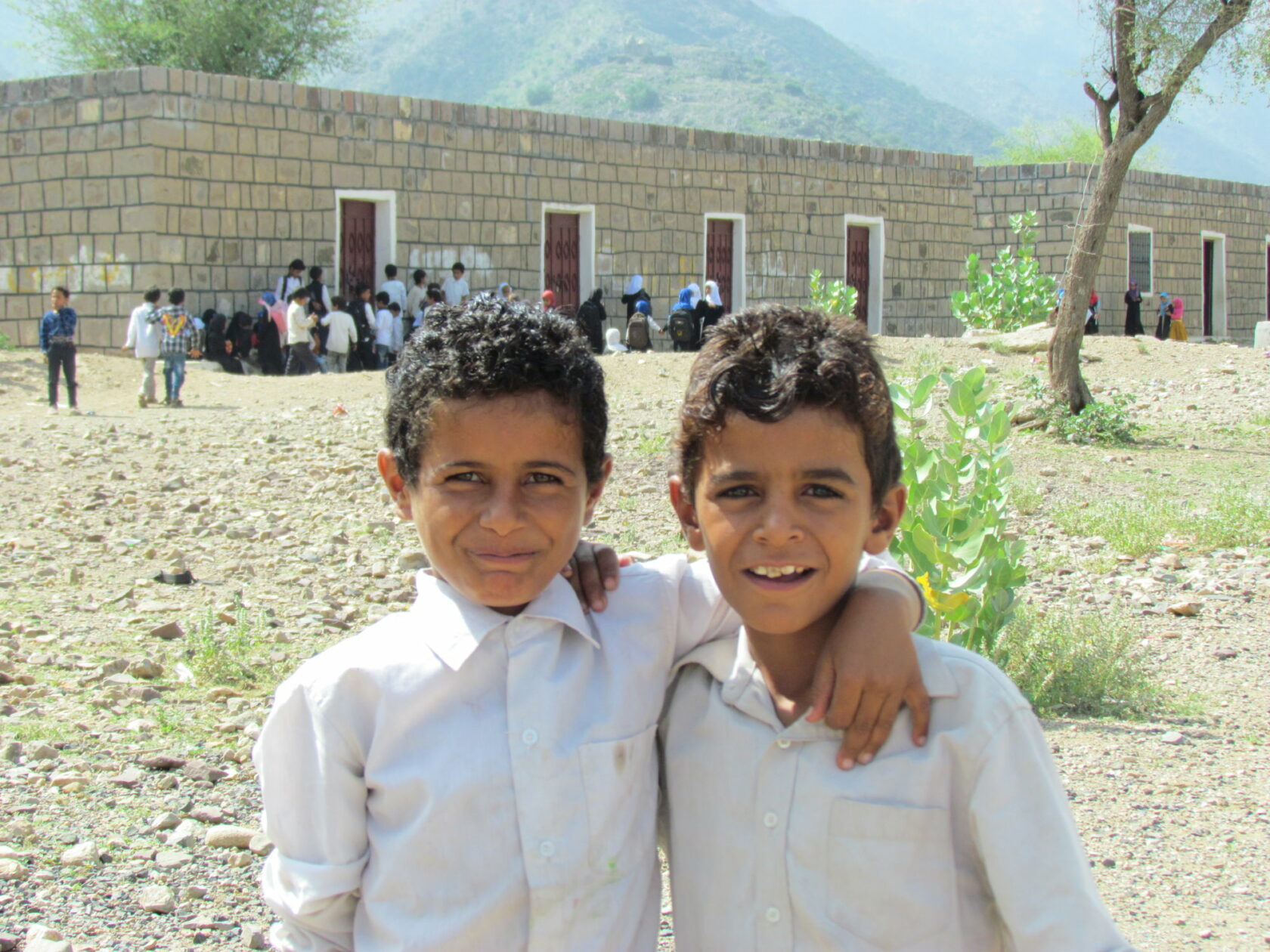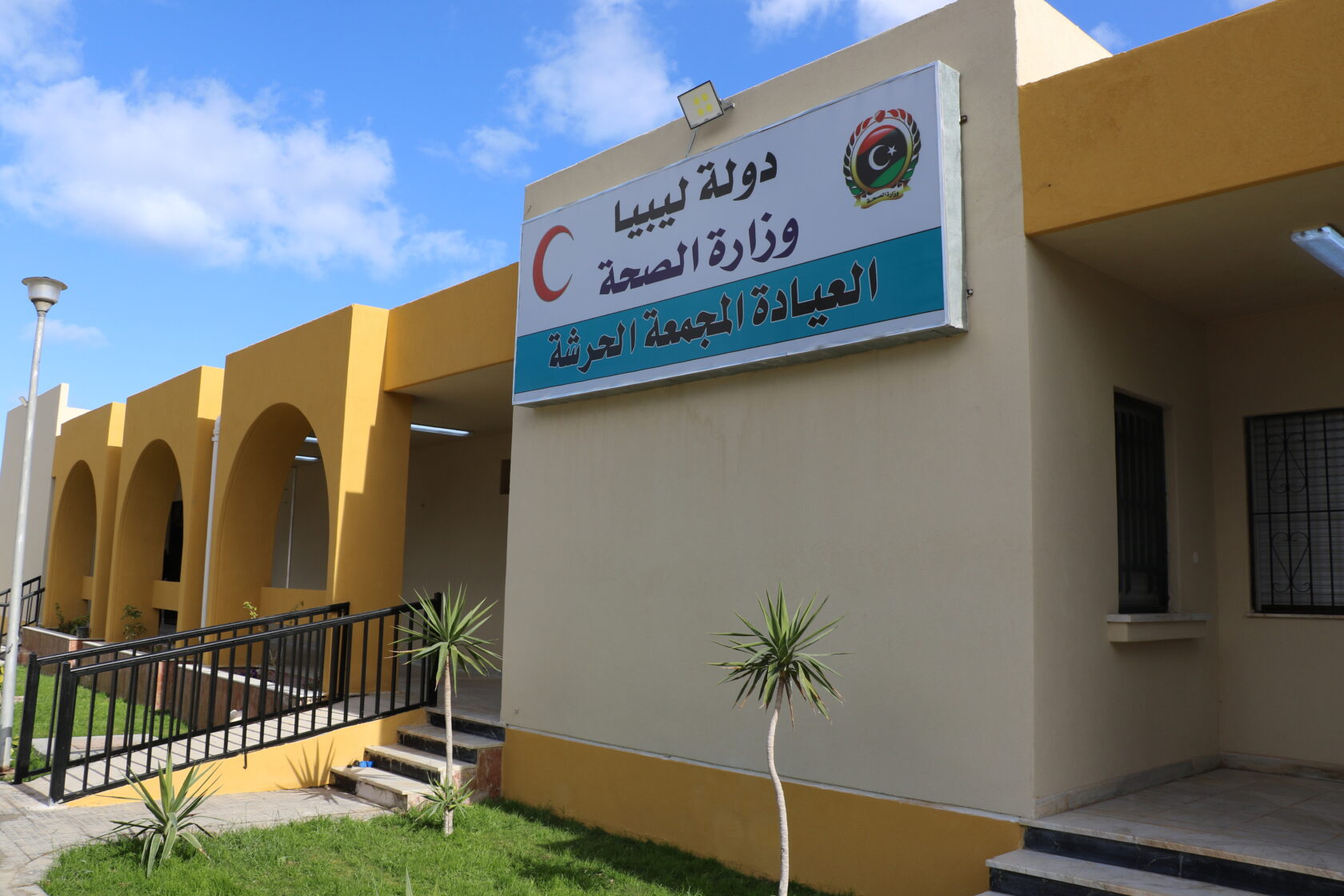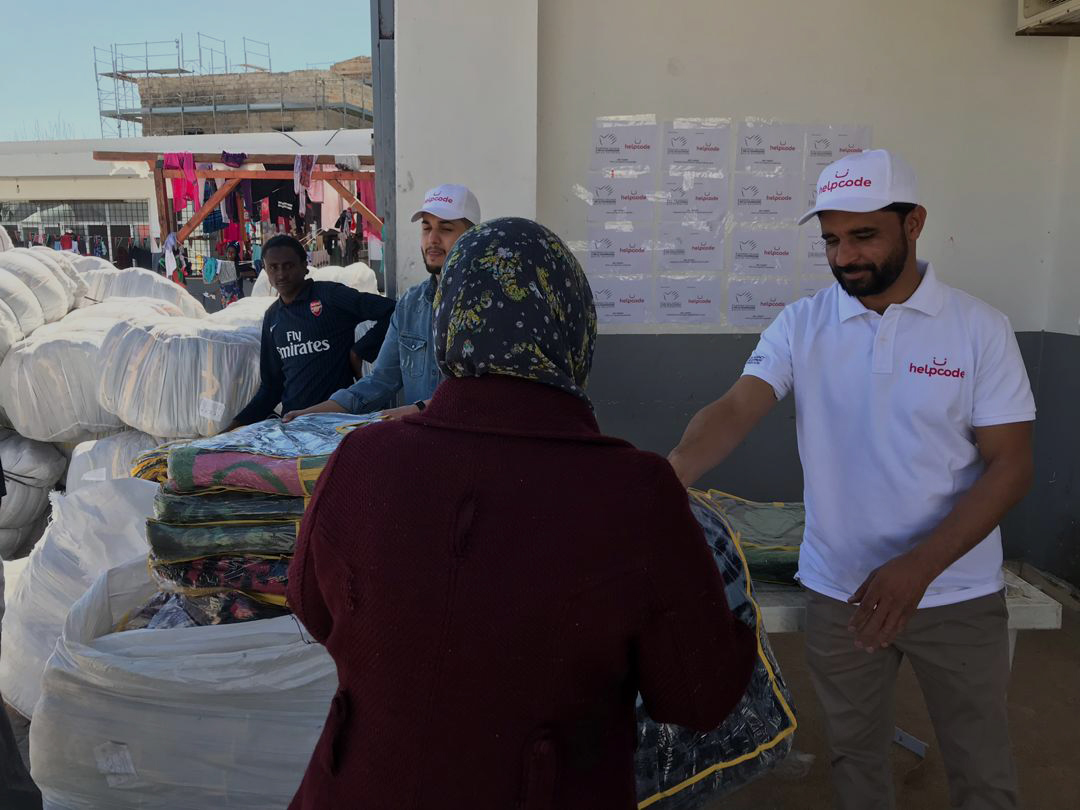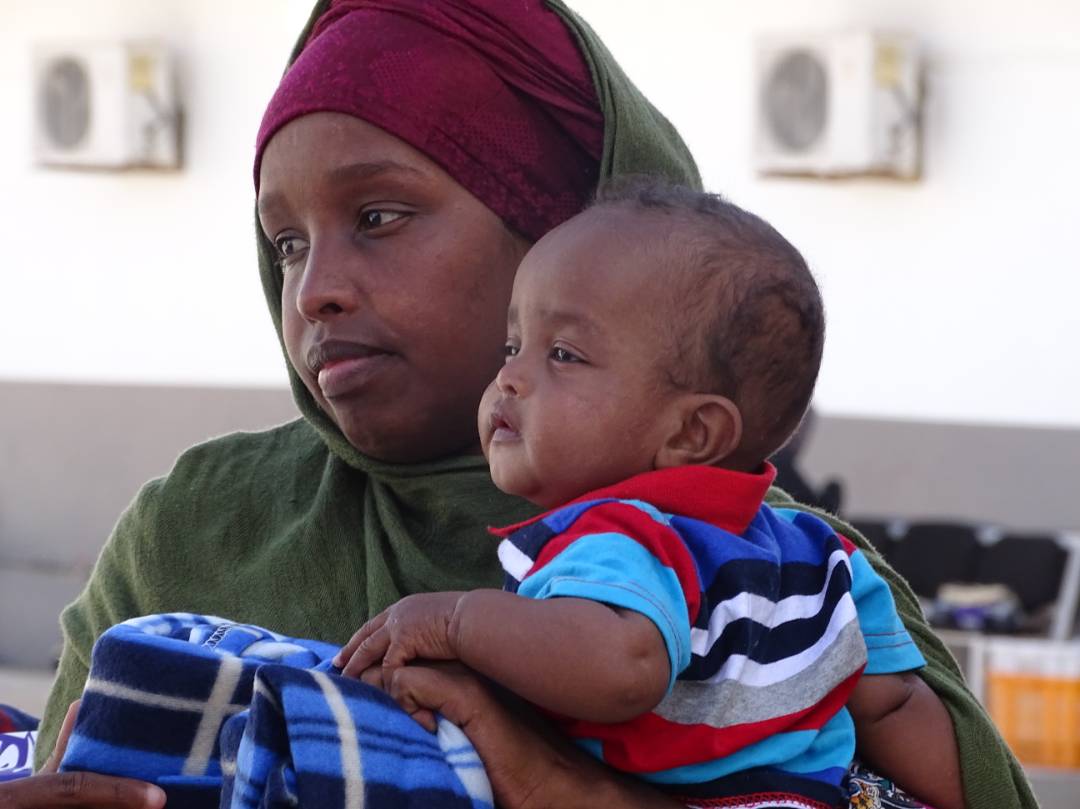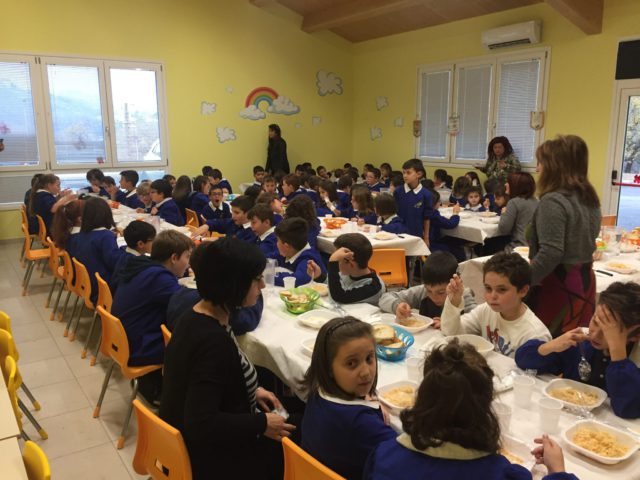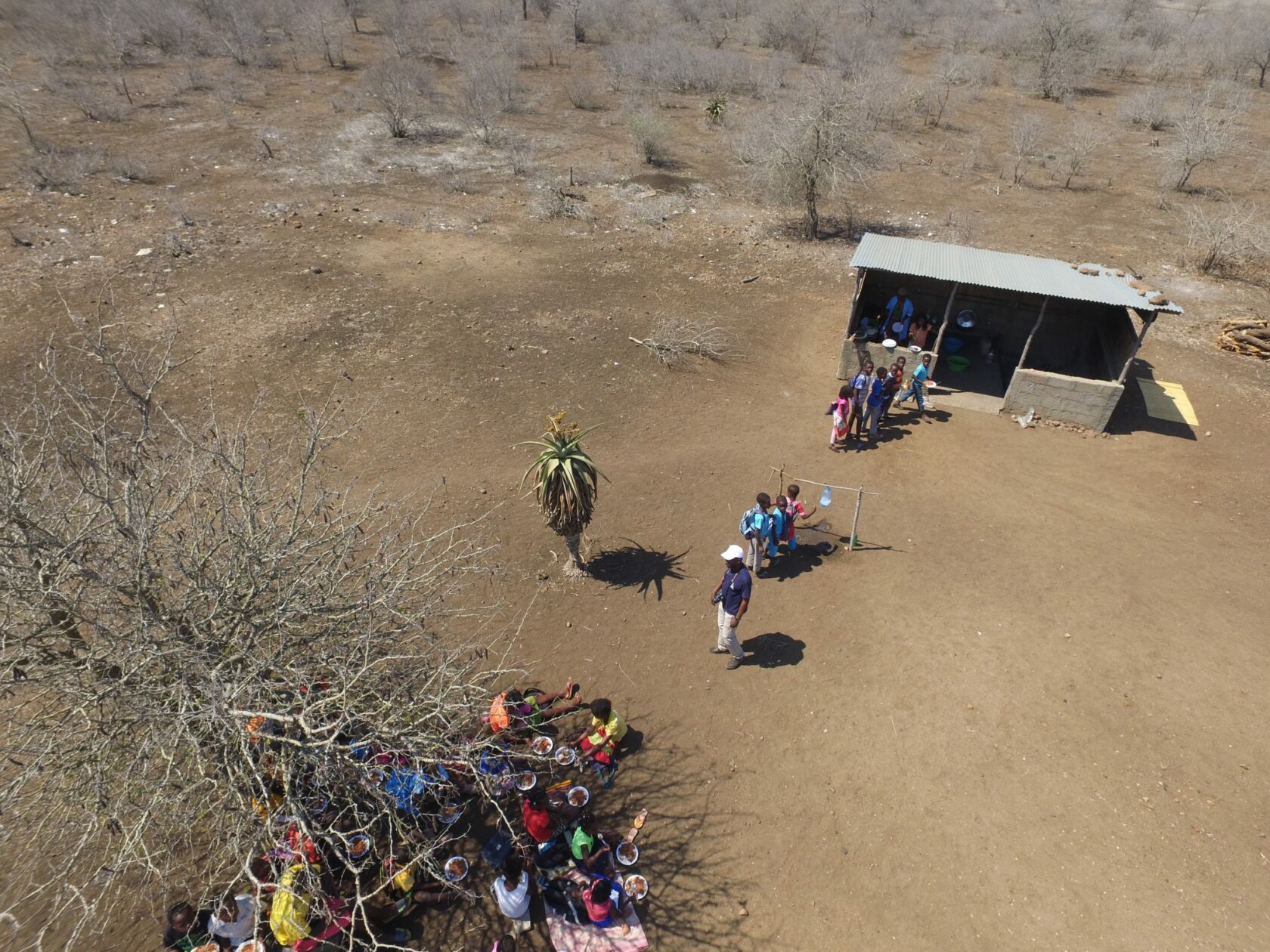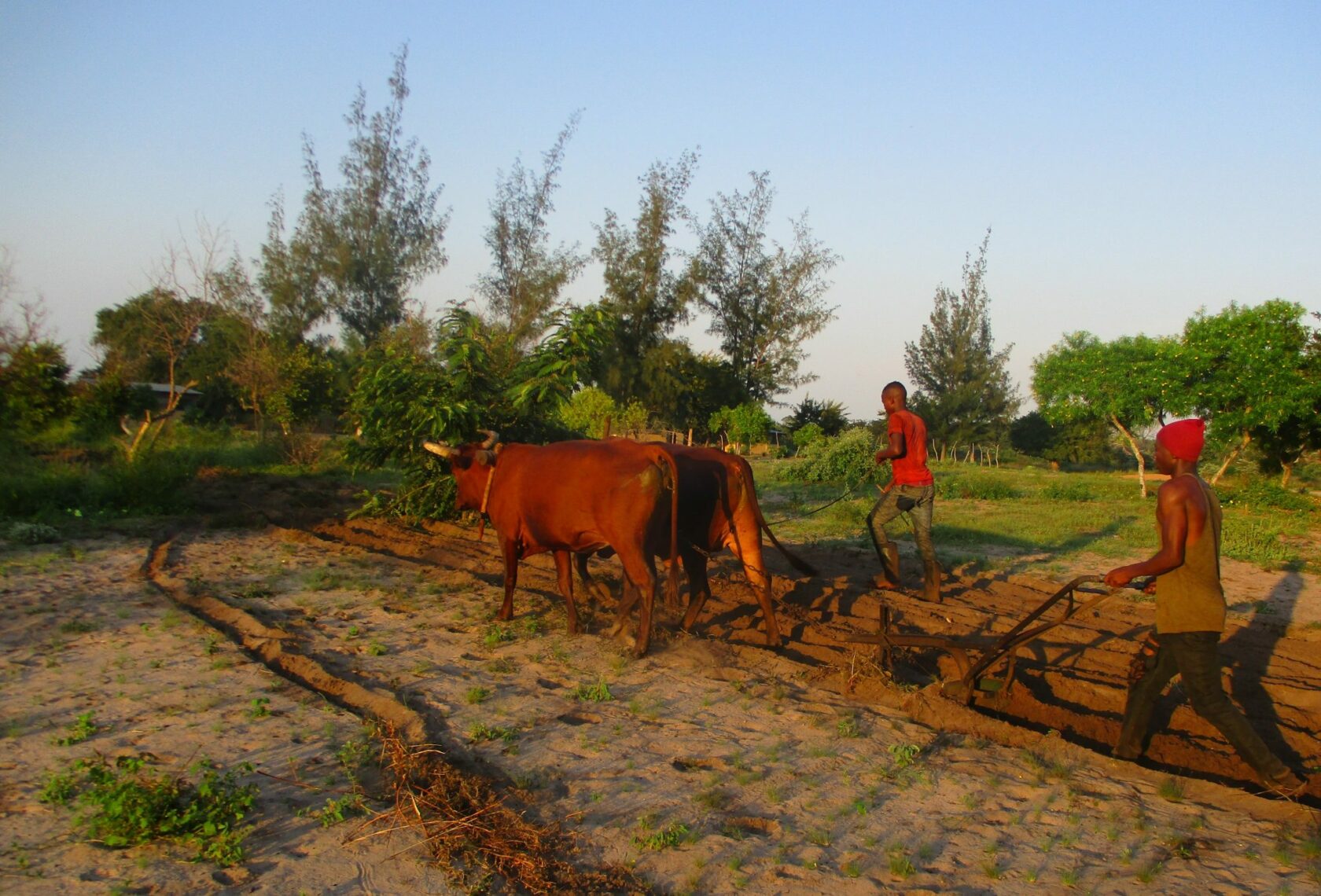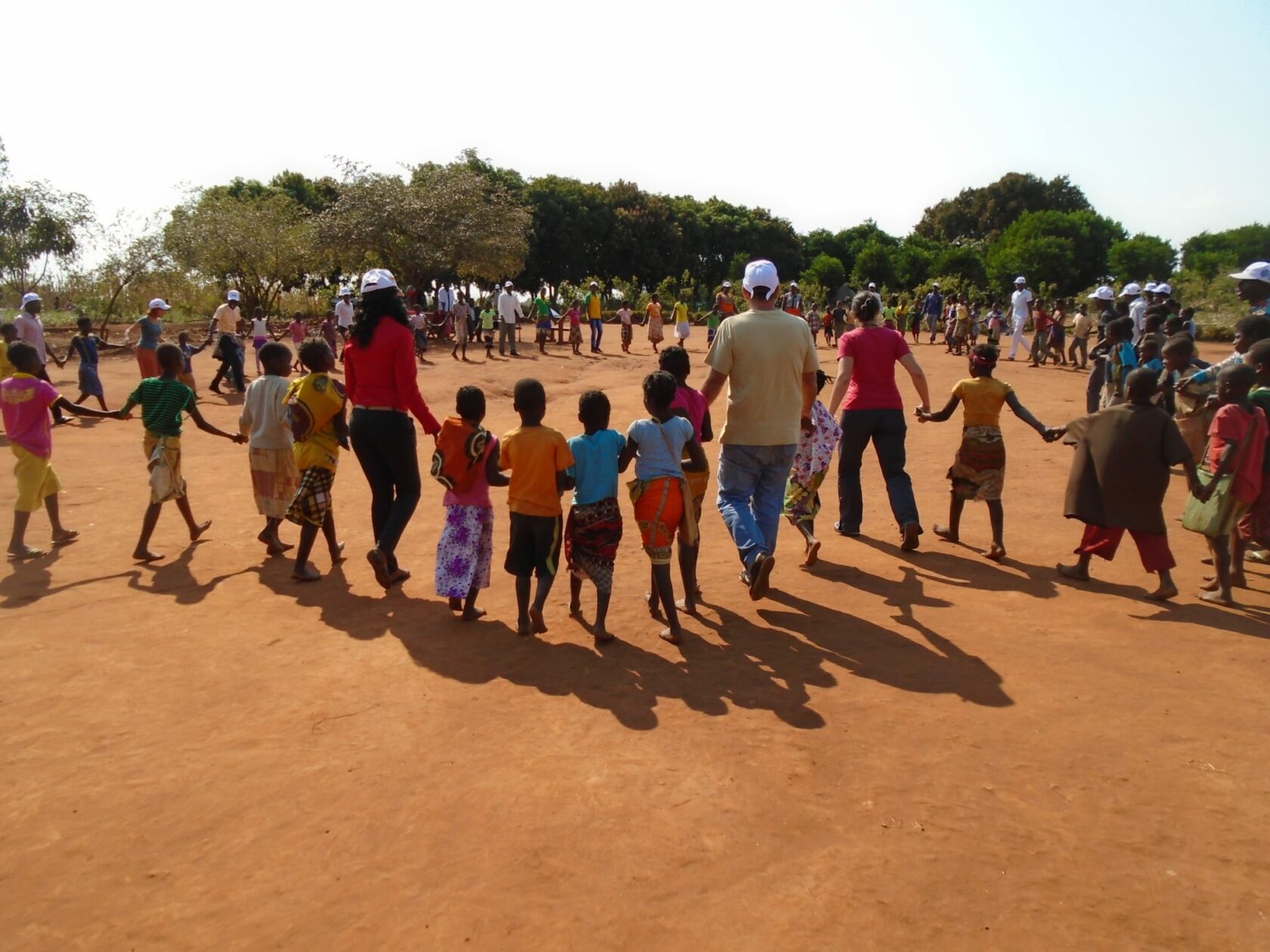Recent data from the United Nations reveals that more than 60 million people around the world have been displaced by conflicts or violence, a figure that increases by an average of 30,000 every day.
If we also include people suffering the consequences of natural disasters, the figure for last year reaches 200 million, an increase of 50 million compared to 2013.
The consequences of conflict and climate change are global, but they are felt particularly acutely in the Middle East and North Africa. In these areas, the number of internally displaced people and refugees has more than doubled over the past 5 years.
Without a long-term political solution, regional crises will continue to have a major impact on the quality of life and the safety of communities, as well as severely restricting access to education, healthcare services, drinking water, energy and consumer goods.
Over the years, we have developed a range of specialised skills that underpin our humanitarian emergency response efforts. This allows us to operate in emergency situations caused by both natural disasters (earthquakes, floods, droughts, cyclones, epidemics, etc.) and man-made disasters (armed conflicts, etc.).
Our priority when intervening in emergency situations is to save human lives and to meet the basic needs of those affected. To do this, all our operators follow procedures and codes of conduct to ensure that they do no harm to the most vulnerable sections of the population, particularly children, pregnant women and unweaned babies, migrants, and displaced people.

Guarantee a good education for all children.
Together we can eradicate educational poverty from the planet. Come and join the Helpcode community.
Make a donation
Help a child in difficulty now.
Make a monthly donation
Change the future for many more children, every day.
Sponsor a child
Help a child in difficulty carry on learning and growing, giving them a better future.
Would you like to help vulnerable children in a different way? Here are some suggestions.

